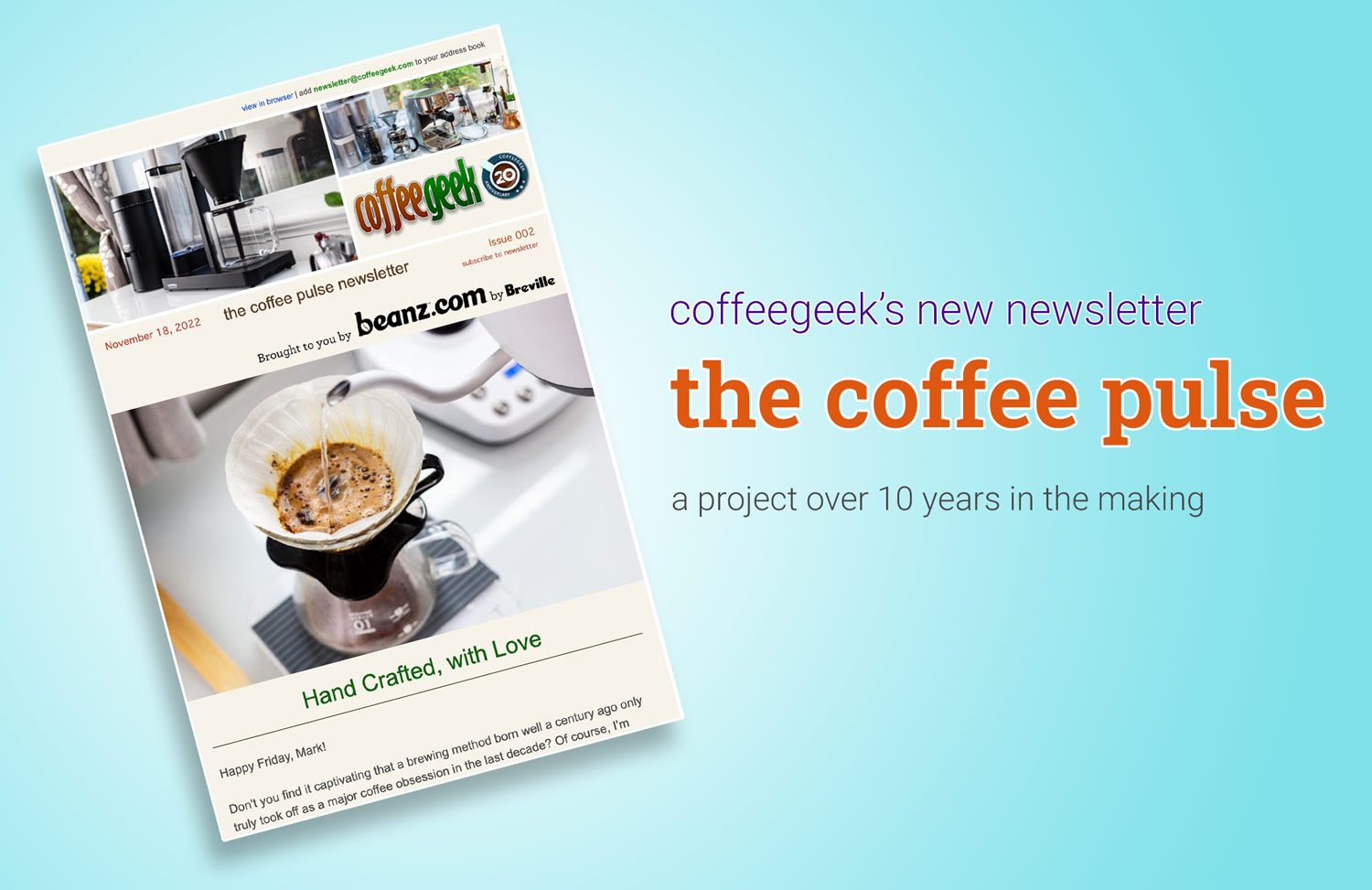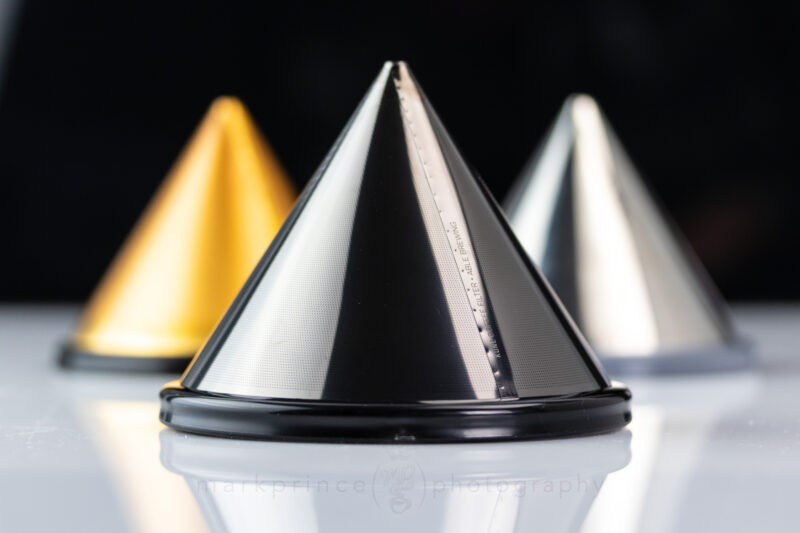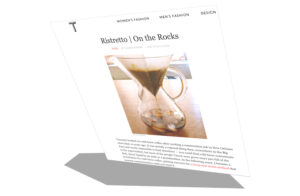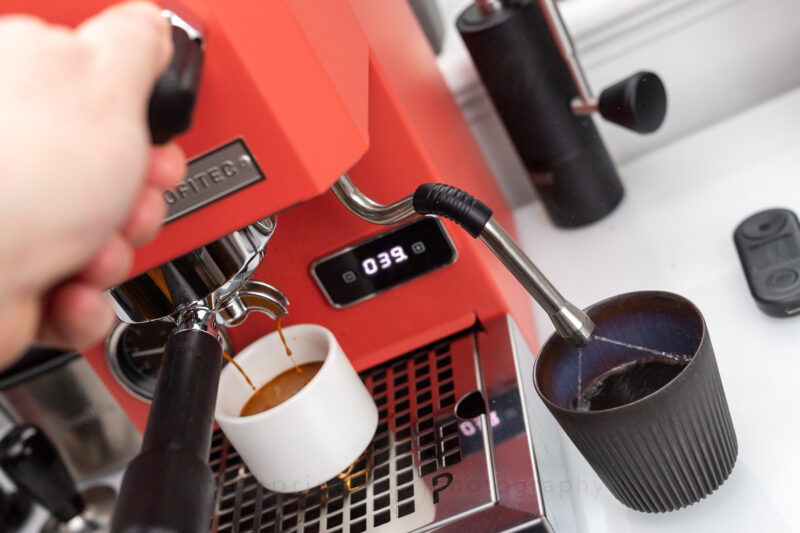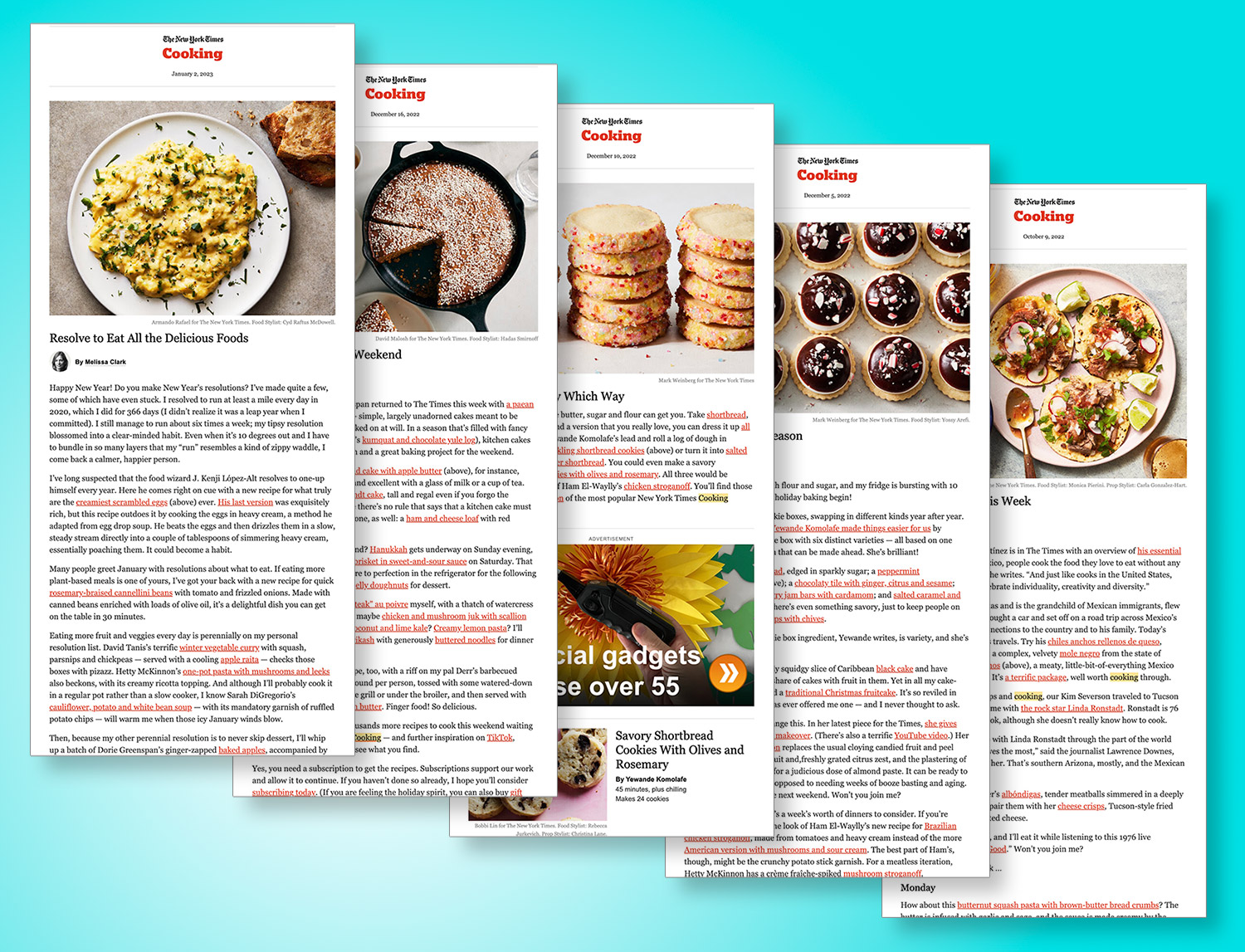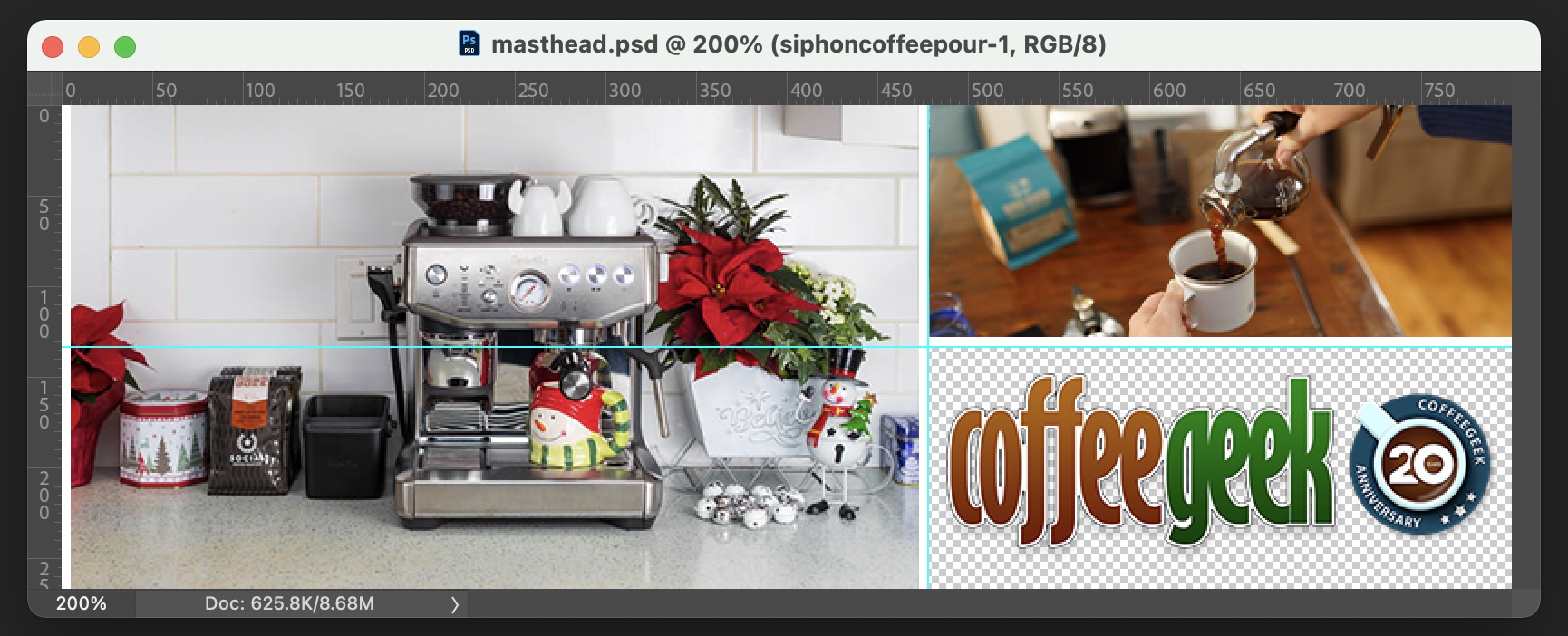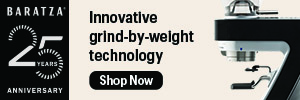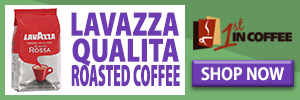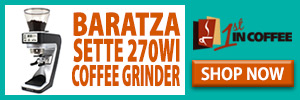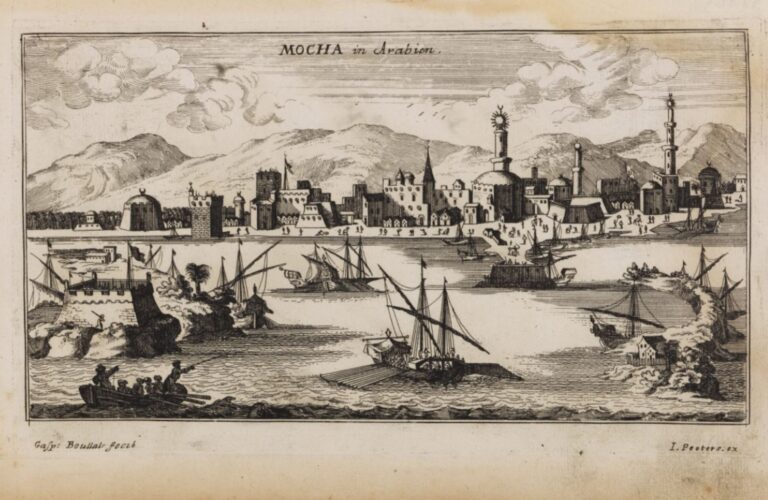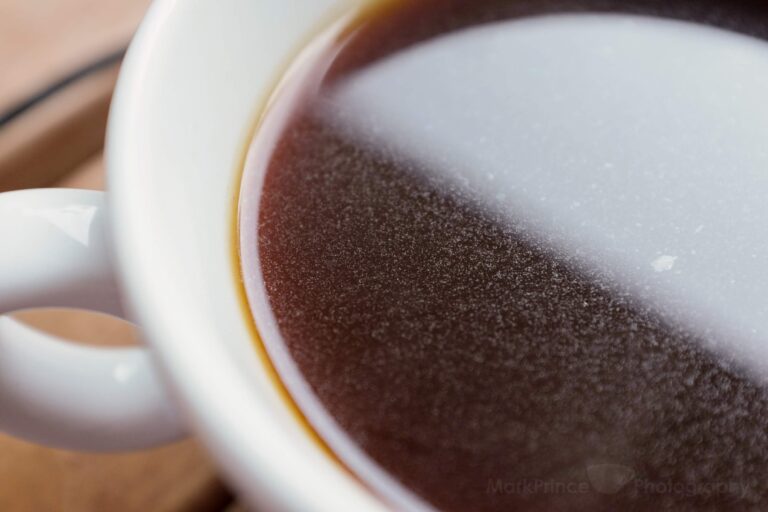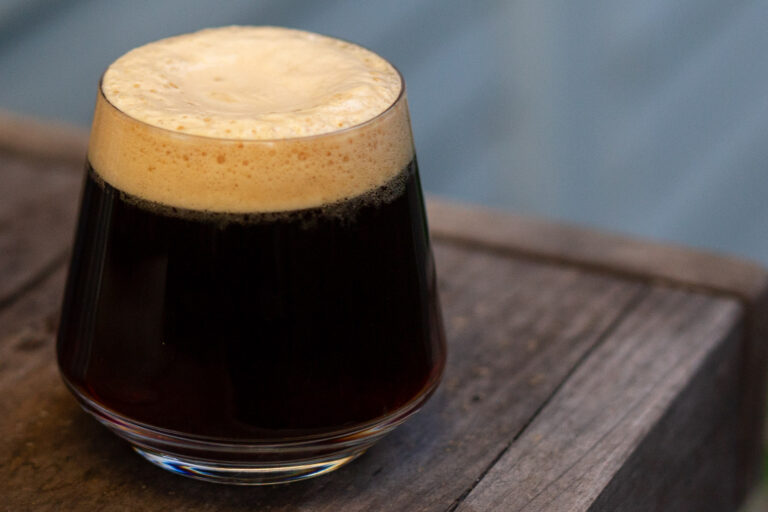This blog entry is going to be about newsletters. Not just our own brand new newsletter (yeah, subscribe here), but newsletters in general and how we went about building our brand new one. A lot of work and research went into this project, and I wanted to share the experience with our readers. I also want to put words to paper regarding our intentions and practices here at CoffeeGeek.
Back in the Day
A few decades ago, my Pops was a big time “wraslin’” fan and used to subscribe to a newsletter called The Wrestling Observer. Back then, it was an actual printed and mailed newsletter he paid for. How strange is that, right? But that’s what newsletters were, for literally centuries, before the Internet came along.
When we launched the original community features on CoffeeGeek back in 2002, we had a pretty detailed member sign up form that asked all sorts of questions. These included asking what machines people owned, favourite brewing techniques, locations, and a lot more. One of the questions was if they wanted to receive a future CoffeeGeek Newsletter. By 2008, we had over 25,000 people signed up for a newsletter from us.
Except… we never really had a newsletter. There was always an intent to have one, and we did send out very short notifications of major events on the website to people subscribed to our newsletter service, for a while. By 2012, we had to stop because our poor email server was being tagged as spammy by too many people. (It took a few years to correct that; the details are headache-inducing).
All this time, I wanted a proper, beautiful, unique and informative newsletter we could send out. It became a project put on the shelf for a very long time. When we launched the completely revamped version of CoffeeGeek in 2021, once again a newsletter became a priority.
Newsletters, SEO and Click Driving
SEO types love newsletters. “Highest engagement of any marketing ever online!”; “Click thru rates 50x better than website banners!!!”; “It’s a captive, interested market!!!” “CTA!!! CPM!!! CSA!!!” (and every other cash-related acronym you can think of).
The problem is, that’s all about revenue. Now, there’s nothing wrong with making money; we have to make some money from the newsletter we put out because if it doesn’t, it puts us in a $3,500 a year deficit, at a minimum. All that said, too many newsletters today are just about being an income generator, or a click-driver.
I never wanted anything CoffeeGeek delivers to the world to just be a blatant income generator. I set a really high standard on everything this website does in order to make money: from publishing well researched articles and blog posts;, to having trustworthy reviews that pull no punches; to having the best visual how to guides we can produce; to having industry leading photography work that shows you insights into coffee and espresso you won’t find anywhere else.
That same desire lives with me for any newsletter we put out. So I spent over a year researching the market, and finding out the path we would take. At the end of that research, I settled on the model the New York Times uses.
The Model
I subscribe to a lot of specialty coffee newsletters, and the vast majority of them fall into one of two styles: either a periodic update of the latest content on the company’s website (these are “click driver” newsletters); or a periodic sales promotion or upcoming events newsletter (if the sender is a vendor or coffee charity). Many people like these kinds of newsletters: it’s how they find the best prices on coffee gear, or stay up to date with those websites’ newest content.
Outside of coffee, I subscribe to very few newsletters. This is because the majority of them are just click drivers, something I have little interest in. I prefer original content newsletters coming into my inbox.
One of the best I ever subscribed to was about photography. Every issue featured a single photograph; then a walk through on how the photo was achieved, touching on lighting, staging, special effects obtained, even Lightroom and Photoshop tweaks. I learned so much from it, but it sadly ceased publication in 2017.
Most of the non-coffee newsletters I do subscribe to are via the New York Times and The Athletic (which the New York Times recently purchased). You have to pay for these newsletter subscriptions unless you’re a NY Times subscriber (we are – we even get the physical Sunday Edition paper delivered).
Some are better than others. The best ones are the original content, focused on single topic issues, like the New York Times Cooking newsletter. Each issue focuses on one food topic. The authors write up 500-800 words, and heavily link to the Times’ archive of articles on that same topic. So in that case, it is a click driver, but what I like about it is it drives you to older content on the New York Times that you probably would never find otherwise.
The rest of the newsletter points to the most recent New York Times Food section articles not related to that newsletter’s specific topic. So it fills that niche many people like in a newsletter: it shows you the latest content on a subject you enjoy (because you’ve subscribed).
Being the NY Times, there are also fantastic visuals, used in a well schooled way. Occasionally, there are polls and questions and engagements in the newsletter as well.
The CoffeeGeek Newsletter Plan
The New York Times Cooking Newsletter model fits perfectly with our website. We have an archive of nearly 10,000 content articles going back 20 years on CoffeeGeek. When we overhauled the website in 2020, we brought over about 25% of them, but continue to import about 25-50 legacy articles a month into the new website, bringing our legacy content closer to 50% of our previous total. I hope to have 100% of the still-relevant content over here by next summer.
Pretty much any subject we can cover in the newsletter on specialty coffee and espresso has a wealth of legacy content we can link back to, for further reading if our readership is so inclined. But unlike the NY Times, we won’t limit any in-article content linking to just CoffeeGeek. If we’re writing about coffee grinders in one issue of the newsletter, and there happens to be a fantastic science-based breakdown of grind particle sizes on a third party website, you can bet we will link to that.
This is because the new CoffeeGeek Newsletter is about informing, entertaining, educating and exciting you about coffee and espresso. It’s not just about driving clicks. It never will be.
The Coffee Pulse
After much research and preparation, we have launched the new CoffeeGeek Newsletter, and it’s called The Coffee Pulse. We’ve set up an archive page here on CoffeeGeek, as well as links to our contest winners in the past.
Each issue features one main topic of discussion. At times it will cover a broad spectrum of coffee, and other times a tiny micro-focus on one aspect of the beverage. We’ll also feature interviews, guest writers and more as the newsletter progresses.
I want to incorporate giveaways and contests as much as I can in the newsletter, and I’m very pleased that our first six issues are set up just for that. Indeed, we’ve already given away about $3,000 worth of prizes, including subscriptions to Beanz.com, a Baratza Vario+ grinder, and a Breville Barista Express Impress.
The Coffee Pulse is designed to be visually appealing and content rich, with the main content always the first focus as you open the email to read it. We’re limited currently to original content articles under 700 words with only a few photos, but this too will expand in 2023 and beyond.
I have two whiteboards in my office. One is for the main content plans for this website. The other is fully dedicated to the newsletter. In big words at the top, I have this written:
COFFEE PULSE PLANS
Inspire a love of coffee!
At launch, our publication schedule is twice per month, but we plan to move to a weekly issue by this summer. When that happens, the original content will expand to include an even wider scope of writers and content directions. One thing that will never change: this will always be a newsletter I’d be happy, as a coffee lover, to receive in my inbox. Driving clicks and generating income are not the primary driver for me: getting people to love and appreciate coffee even more is the constant goal with the Coffee Pulse newsletter.
If you haven’t already, subscribe here, or use the form in the sidebar on most pages on the CoffeeGeek website.
Mark has certified as a Canadian, USA, and World Barista Championship Judge in both sensory and technical fields, as well as working as an instructor in coffee and espresso training. He started CoffeeGeek in 2001.
-
Mark Princehttps://coffeegeek.com/author/markprince/April 21, 2024
-
Mark Princehttps://coffeegeek.com/author/markprince/April 16, 2024
-
Mark Princehttps://coffeegeek.com/author/markprince/April 10, 2024

